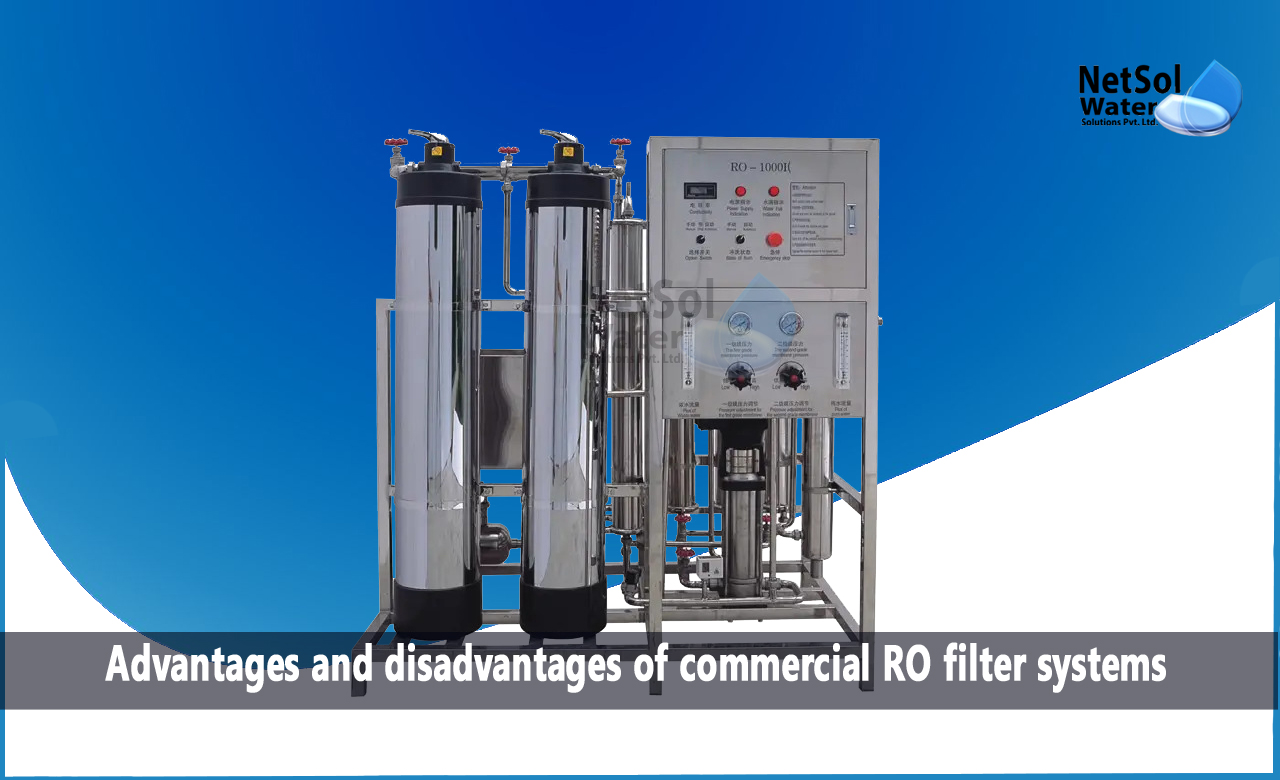Reverse osmosis (RO) membranes are an essential component of RO systems used in a wide range of applications, including water treatment, desalination, and industrial processes. Commercial RO membranes and industrial RO membranes are two types of RO membranes that are designed for different applications.
In this blog, we will discuss the differences between these two types of membranes.
What is the Difference between commercial and industrial RO membranes?
Here are the key differences between commercial RO membranes and industrial RO membranes:
1. Application: Commercial RO membranes are designed for small-scale water treatment applications such as in restaurants, cafes, and small businesses. They are also used in residential applications. On the other hand, industrial RO membranes are designed for large-scale water treatment applications such as in power generation, food and beverage manufacturing, and pharmaceutical production.
2. Water Quality: Commercial RO membranes are designed to treat water with low levels of impurities and dissolved solids, while industrial RO membranes are designed to treat water with high levels of impurities and dissolved solids. Industrial RO membranes can remove a wider range of contaminants including bacteria, viruses, and organic compounds.
3. Size: Commercial RO membranes are relatively small, with typical dimensions of 2 inches in diameter and 18 inches in length. Industrial RO membranes are larger, with typical dimensions of 4 inches in diameter and 40 inches in length.
4. Membrane Thickness: Industrial RO membranes are made of thicker TFC material than commercial RO membranes, typically ranging from 10 to 100 microns in thickness. Commercial RO membranes are made of thinner TFC material.
5. Performance: Industrial RO membranes have a higher salt rejection rate, typically ranging from 98 to 99.5%, compared to commercial RO membranes, which typically have a salt rejection rate of 95 to 98%. Industrial RO membranes are also more resistant to fouling and scaling, which can cause performance issues over time.
6. Operating Pressure: Commercial RO membranes are designed to operate at low pressure, typically around 150 psi, while industrial RO membranes are designed to operate at higher pressure, typically around 600 to 1000 psi.
7. Flow Rate: Commercial RO membranes have a lower flow rate, typically around 100 to 400 gallons per day (GPD), while industrial RO membranes have a higher flow rate, typically around 10,000 to 50,000 GPD.
8. Design: Commercial RO membranes are typically a single membrane element, while industrial RO membranes are comprised of several membrane elements assembled in a pressure vessel. The pressure vessel is designed to withstand high pressure and has multiple ports for the inlet and outlet water and the concentrate (waste) water.
9. Cost: Industrial RO membranes are more expensive than commercial RO membranes, due to their larger size, thicker TFC material, and higher performance. However, they are more cost-effective in large-scale applications, as they can treat a higher volume of water with lower operating costs.
Conclusion:
Commercial RO membranes and industrial RO membranes are designed for different applications and have distinct differences in their design, performance, and cost. Commercial RO membranes are used in small-scale water treatment applications and are designed to treat water with low levels of impurities and dissolved solids. Industrial RO membranes are used in large-scale water treatment applications and are designed to treat water with high levels of impurities and dissolved solids. While both types of membranes use the same basic technology, the differences in design and performance make them suitable for different applications.
Do you need an advice or assistance on selecting the best water and waste water treatment unit? We have solutions for all your problems!
Let us now your problem, our experts will make sure that it goes away.
For an assistance or related query,
Call on +91-965-060-8473
Or write us at enquiry@netsolwater.com



